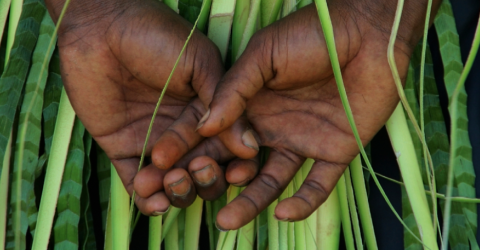
Culture & Wetlands
People are at the heart of wetland conservation. The Convention on Wetlands supports governments to safeguard the cultural values of wetlands, the livelihoods they provide, and the rights of indigenous peoples and local communities to participate in their management.
Wetlands are often associated with long-standing cultural practices that enable human societies to thrive, to adapt to environmental change, and to use nature in a sustainable way. According to data from the Ramsar Sites Information Service (RSIS), nearly all Ramsar Sites provide cultural ecosystem services, and over half have spiritual and inspirational values. Integrating both nature and culture in the management of wetlands can therefore play a powerful role in their conservation and wise use.
When the Convention was adopted in Iran in 1971, in its preamble the signatories affirmed their conviction ‘…that wetlands constitute a resource of great economic, cultural, scientific and recreational value, the loss of which would be irreparable.’ In this sense, although the Convention is better known for its focus on wetland biodiversity, cultural aspects have been taken into account from the very start.
Over the years, several Resolutions on culture have been adopted, including Resolution VII.8 (1999) on local communities and indigenous peoples, and Resolutions VIII.19 (2002) and IX.21 (2005) on integrating cultural values in wetland management. Resolution IX.21 also created a Culture Working Group.
Wetland managers and other wetland practitioners involved in integrating cultural values in wetland management can join the Ramsar Culture Network, which works in close cooperation with the UNESCO World Heritage Centre. More information on joining the Network can be found here, and new members can choose to join one of the RCN’s five thematic groups.